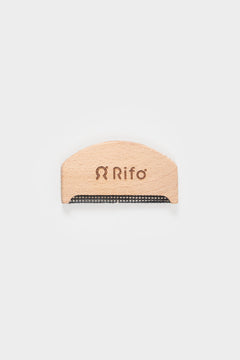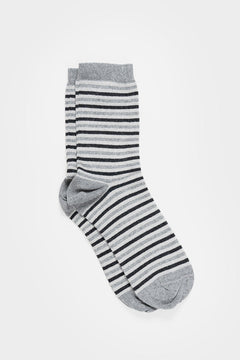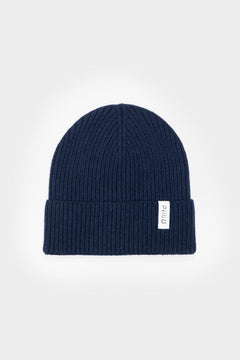A few years ago, the purity of wool was its worth.
Pure virgin wool was, in fact, considered a synonym of high-quality.
Over the years, however, people has sensitized more on the theme of sustainability and environmental impact.
This has led to the rebirth of ancient techniques of upcycling fabrics, a process that had its maximum expansion in Prato during the Postwar.
In this article we want to tell you about upcycled wool: what it is and how it is produced and all the advantages of wearing this kind of garments.
What is upcycled wool
Upcycled wool is obtained through the complete recycle of old clothes or production scraps.
These rags are subjected to a process called upcycled cycle, in which they are processed to get a completely new fiber with its beauty.
This process is not completely new: it has been known for many years and it has had its maximum expansion just here in the city of Prato during the 1950s.
In the last years these processes of fabric recycling are come back thanks to the growing interest towards the tradition of ancient professions and to the increasing sensibility around the themes of sustainability and environmental respect.
Creating upcycled wool, in fact, reduced dramatically the environmental impact, without compromising the softness and purity of wool.
But how was upcycled wool born?
How we get upcycled wool
The first phase to get upcycled wool is the old clothes and rags collecting.
The ones that are still usable are donated to humanitarian associations while the others start their process to become upcycled fabrics.
Once we locate the rags to be upcycled, these are divided basing on their type and color.
Later they are deprived of every accessory like buttons, hinges, liners and labels.
When the fabric is "cleaned up", the fraying can start.
This process is necessary to get the mechanical wool, fibers that later will be refined and weaved again, to obtain new fabrics that maintain the characteristics of original fibers.

Advantages of wearing upcycled wool
Wearing upcycled wool is an advantageous choice speaking about sustainability and environmental impact.
Producing a new cashmere sweater means introducing in the atmosphere until 6.500 kg of CO2, compared to an upcycled cashmere sweater that just reach 100 gr.
Also water consumption is considerably reduced: the production of upcycled wool reduces in fact the consumption of water of the 90%.
Savings in upcycled wool production concern also the use of energy, chemicals and colorants.
Compared to the production of a cashmere sweater with virgin fibers, an upcycled cashmere sweater reduce considerably the environmental impact, saving:
- -77% of energy
- -90% of water
- -90% of chemicals
- -95 of Co2
- -100% of chemical dyes (thanks to the rags collecting we've mentioned before)
In this way it is possible to save more than 22 thousands tons of waste fabric that doesn't end in dumps but returns to live a new life.
Conclusions
Less refuses, less environmental impact, less exploitation of environmental resources and more benefits for the environment.
Upcycled fabric doesn't mean only sustainability but also quality because it keeps the same characteristics of the original products.
To us the quality of our products is extremely important.
Just know that when our clients touch our cashmere beanies they aren't able to distinguish them from the virgin ones.
Would you like to see our productions? Visit our store!








